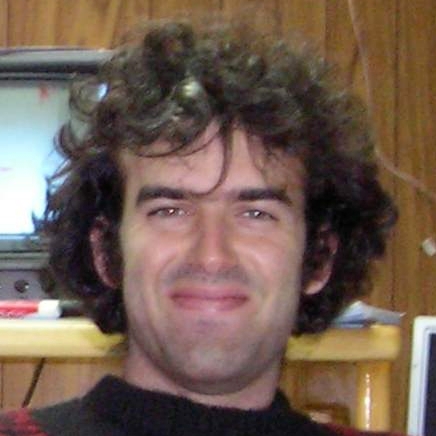Fabrizio Arrigoni Battaia
Scientific Staff

Welcome! I am staff scientist at the Max Planck Institute
for Astrophysics (MPA) in Garching, Germany.
Before I held
a postdoctoral fellowship at the same institute and I was a Research Fellow at the headquarters of the European Southern Observatory
(ESO). As part of my functional work at ESO, I conducted observations for
the astronomical community at the APEX telescope
(~40 nights/year), and assess the feasibility of the proposed projects for the same telescope.
My research is focused on galaxy formation and evolution, with particular attention to the characterization of the properties of the circum-galactic medium (CGM) around high-redshift (z~2-3) QSOs (active supermassive black holes in the center of massive galaxies). Indeed, the CGM (the diffuse gaseous phase around galaxies) encloses precious information on the events and mechanisms that shape galaxy formation and evolution. The study of this extended gaseous phase thus allows me to better constrain the build-up of the massive galaxies themselves.
To characterize the CGM of massive galaxies a multiwavelength approach is mandatory. I usually study (1) the ionized gas phase in the optical and infrared using 10m class telescopes (VLT, Gemini, Keck) and space telescopes (JWST); (2) the dust and obscured companion at (sub)-millimeter wavelengths, with both single-dish and interferometric observations (APEX, JCMT, SMA, ALMA); (3) the molecular phase at (sub)-millimeter wavelengths (APEX, ALMA); and (4) the radio activity (e.g. GMRT). I then compare my observations to state-of-the-art "zoom-in" cosmological simulation of galaxy formation.
Recently, together with my collaborators, we have been able to trace emission out to large distances from the targeted QSOs. Such emission extends out to the scales of the so-called intergalactic medium (IGM): a network of filaments connecting the overdense regions of the Universe.
